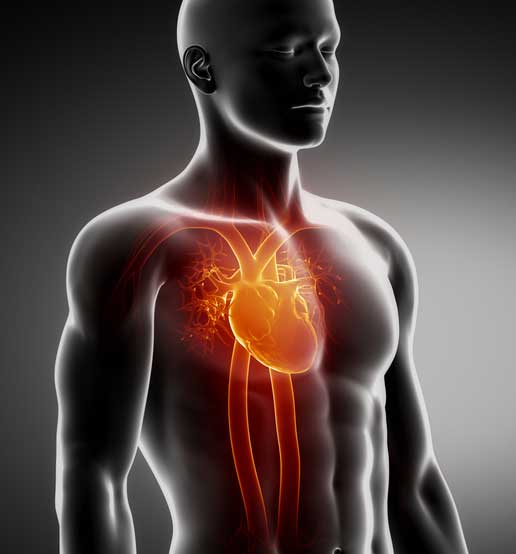Congenital heart disease affects many Americans today, but their life expectancy has dramatically increased in recent years. Modern medicine and surgical procedures have allowed patients to received treatment early, sometimes even in the womb, to repair their hearts. Stem cell therapy is now being considered as a treatment for patients with congenital heart disease.
What is Congenital Heart Disease?
Congenital heart disease, or a congenital heart defect, is a heart abnormality present at birth. The problem can affect the heart walls, heart valves, and blood vessels.
There are numerous types of congenital heart defects. They can range from simple conditions that don’t cause symptoms to complex problems that cause severe, life-threatening symptoms. In heart valve defects, the valves inside the heart that direct blood flow may close up or leak. This interferes with the heart’s ability to pump blood correctly. In heart wall defects, the natural walls that exist between the left and right sides and the upper and lower chambers of the heart may not develop correctly, causing blood to back up into the heart or to build up in places where it doesn’t belong. The defect puts pressure on the heart to work harder, which may result in high blood pressure. In blood vessel defects, the arteries and veins that carry blood to the heart and back out to the body may not function correctly.

This can reduce or block blood flow, leading to various health complications. A congenital heart defect is often detected during a pregnancy ultrasound. If your doctor hears an abnormal heartbeat, for instance, they may further investigate the issue by performing certain tests. These may include an echocardiogram, a chest X-ray, or an MRI scan. If a diagnosis is made, your doctor will make sure the appropriate specialists are available during delivery. In some cases, the symptoms of a congenital heart defect may not appear until shortly after birth. In other cases, the symptoms of a congenital heart defect may not appear until many years after birth.
Congenital heart disease occurs as a result of an early developmental problem in the heart’s structure. The defect typically interferes with the normal flow of blood through the heart, which may affect breathing. Although researchers aren’t exactly sure why the heart fails to develop correctly, genetics, medications, or alcohol during pregnancy, infections during pregnancy and diabetes may be causes. The treatment for a congenital heart defect depends on the type and severity of the defect. Some babies have mild heart defects that heal on their own with time. Others may have severe defects that require extensive treatment.
In some cases, defects that may have been treated in childhood can present problems again in adulthood. The original repair may no longer be effective, or the initial defect may have become worse over time. Scar tissue that developed around the original repair may also end up causing problems, such as heart arrhythmias.
How Can Stem Cell Therapy Treat Congenital Heart Disease?
Researchers are considering stem cell therapy alongside surgical procedures to treat patients with congenital heart disease. Stem cells can repair and regrow heart tissue after surgical repairs, allowing for better recovery times and less scar tissue. They also found that patients who received stem cell therapy after surgery had better circulation than those who did not.

Dr. David Greene
MD, PhD, MBA
Dr. David Greene, MD, PhD, MBA, is a pioneering leader in regenerative medicine and healthcare marketing. As a residency and fellowship-trained orthopedic surgeon, Dr. Greene transitioned from clinical practice to become the founder and CEO of R3 Stem Cell and US Lead Network, where he has revolutionized patient care and medical practice growth through innovative therapies and digital marketing strategies. He has authored two influential books on healthcare internet marketing, ranks among the top expert authors globally, and has been featured on the cover of Corporate Vision magazine for his impact on global regenerative therapies. Beyond his professional achievements, Dr. Greene is passionate about education, compassion, and continuous innovation.

No Comments